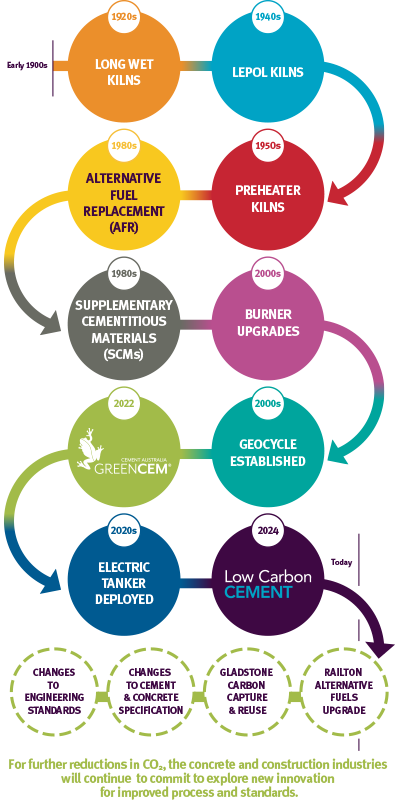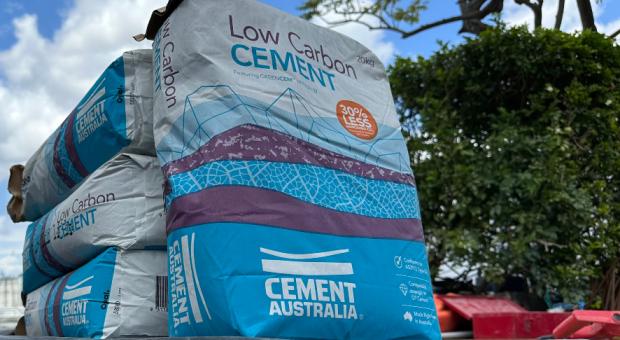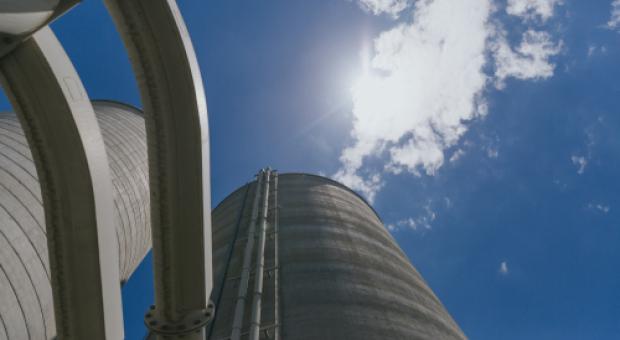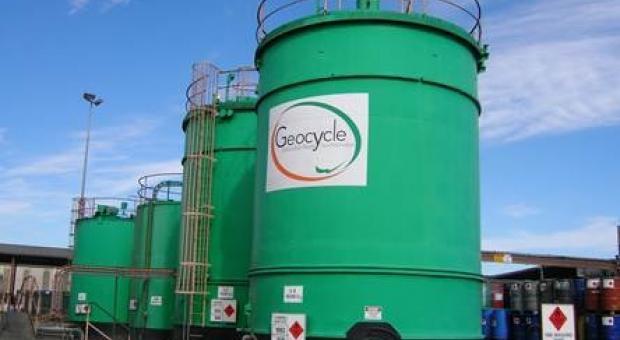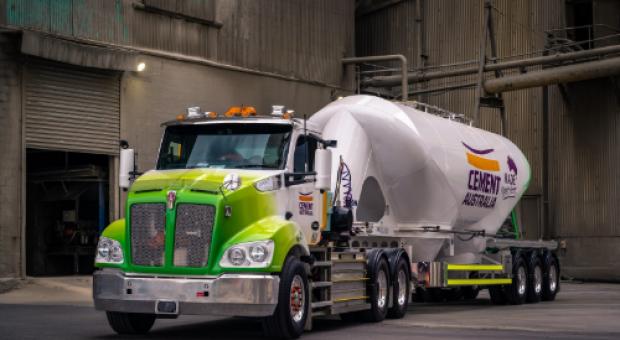Cement based products are the cornerstone of Australia’s building and construction industry.
Cement manufacturing is an energy intensive chemical process that inevitably results in the production of Carbon Dioxide (CO2 ).
However, the entire Australian cement and concrete sector has worked for decades behind the scenes to reduce our industry’s CO2 emissions, as well as improve our environmental impact overall. For Cement Australia, the movement to “green solutions” is not suddenly a new undertaking.
Over the decades, Cement Australia continues to invest in implementing process improvements.
This dedication has been instrumental in reducing energy consumption, and as a result enhancing our environmental footprint, all the while ensuring we continue to produce our cement products Made Right Here in Australia.
1920s - Long Wet Kilns. A step forward from replacing the original short dry kilns
1940s - Lepol Kilns. Allowed for recirculation of Cement Kiln dust to reduce fuel requirements
1950s - Preheater Kilns. Shortened heating time needed, further reducing fuel requirements
1980s - Alternative Fuel Replacement (AFR). Reducing amounts of mined coal to heat kilns
- Supplementary Cementitious Materials (SCMs). Such as fly ash and GGBF Slag added to cement
2000s - Burner Upgrades. To allow even more alternative fuel sources
- Geocycle Established. To convert hazardous industrial waste product to AFRs to supply Cement Australia kilns.
2020s - Electric Tanker Deployed. Reducing diesel requirements for metro deliveries.
2022 - GreenCem. Launch of GreenCem technologies enabling up to 80% fly ash/slag cement replacement
2024 - Low Carbon Cement. Launched as Australia’s first bagged low embodied carbon alternative to GP Cement.
Future
Changes to Engineering Standards to allow larger percentages of SCMs in concrete manufacturing
Changes to Cement & concrete Specification to increase requirement fo lower embodied carbon concrete in construction.
Gladstone Carbon Capture & Reuse enabling creation of green methanol.
Railton Alternative Fuels Upgrade enabling greater use of waste direct to kiln.
25% The amount by which the Australian cement & concrete sector has already reduced CO2 emissions since 2000*
1% The amount that cement manufacturing contributes to Australia’s overall CO2 emissions profile*
*Source: ‘Decarbonisation Pathways for the Australian Cement and Concrete Sector’ downloaded January 2022 from cement.org.au
